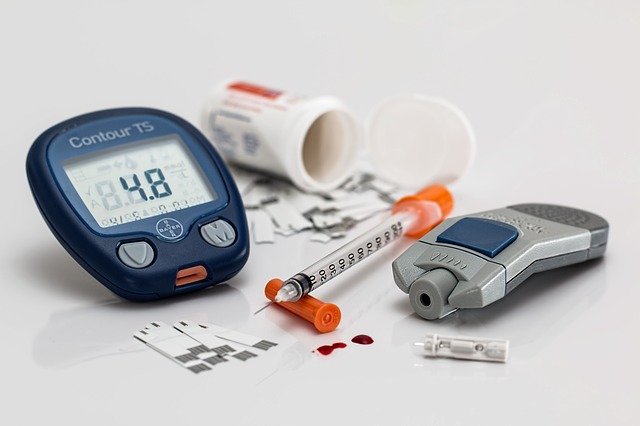
Glucose level determination in the blood is essential for people with suspected diabetes or diabetics and for completely healthy people. Normal blood sugar levels have been established by specialists based on many years of thorough research and clinical observations.
Contents
They allow the diagnosis of metabolic diseases and facilitate the application of appropriate therapy. Early detection of changes in the body and proper treatment and prevention is the key to success.
Sugar plays a vital role in the body. It is one of the primary sources of energy for the body belongs to the group of carbohydrates, which in the process of digestion are broken down into simple sugars
- glucose (from processed sources of industrial products)
- Fructose (from natural sources such as fruit, vegetables, and honey)
Blood glucose level should be more or less at the same level, but if it starts to decrease or exceed the level, your body will stop functioning correctly, which results in various disorders. Insulin, a hormone secreted by the pancreas, maintains sugar levels.
The presence of sugar in the blood is so necessary that without it, our bodies may stop functioning correctly, the nervous system, the skeletal and muscular systems, the lymphatic system, and your organs.
Blood sugar testing (blood glucose testing) is used primarily to diagnose diabetes, but healthy people should also monitor blood glucose levels.
The blood sugar standard for adults is
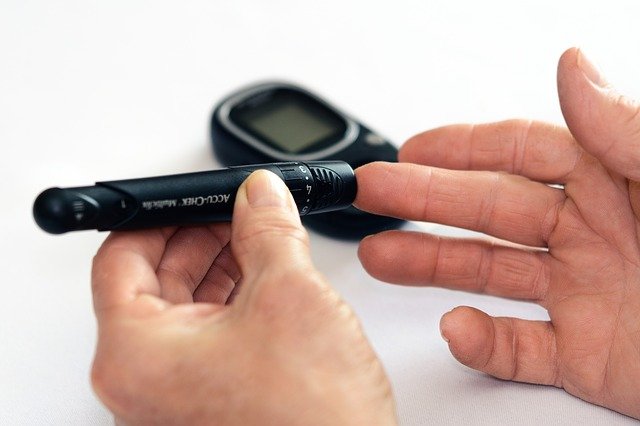
Well-established strict blood glucose limits have undergone many changes. A few years ago, a fasting blood glucose level of 125 mg/dl was considered normal. However, this limit has been lowered to 99 mg/dl because recent studies have shown that long-term blood sugar levels above this value significantly increase the risk of heart disease and stroke.
An average fasting blood sugar level should be between 70-99 mg/dl in a healthy adult. When the level is higher but does not exceed
125 mg/dl is glucose intolerance and is only treated with a proper diet. However, if it exceeds 125 mg/dl, additional tests (diabetic curve) are recommended to diagnose diabetes.
Fasting blood sugar: 70-99 mg/dl (3.9-5.5 mmol/l),
After a meal (two hours): less than 125 mg/dL (7.8 mmol/L).
The average blood sugar level is slightly different in older people. In their case, fasting blood sugar is 80-140 mg/dl, and after a meal, no more than 180 mg/dl (10 mmol/l). In contrast, the average fasting glucose in children is 70-100 mg/dl.
Low blood sugar
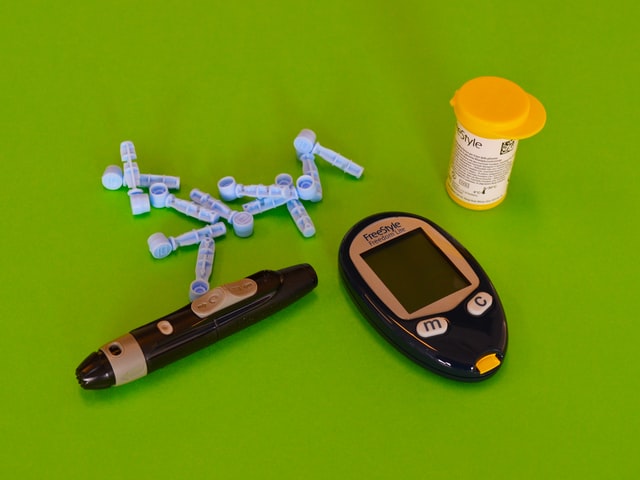
Hypoglycemia. Carbohydrates are the body's most important source of energy. Adult low blood sugar problems begin when the glucose level in the body drops below 70 mg/dl (3.9 mmol/l), however more severe effects and the first symptoms may not be noticed until it drops to 54 mg/dl (3.0 mmol/l).
Carbohydrates are the body's most important energy source, and the glucose they contain is essential for normal brain and muscle function. Reduced blood sugar levels cause central nervous system dysfunction, leading to drowsiness, difficulty concentrating, irritability, restlessness, increased heart rate, dizziness, muscle tremors, and pallor.
If blood sugar levels fall below 70 mg/dL, hypoglycemia, or hypoglycemia, occurs. These symptoms worsen, and speech and memory disturbances arise. In the final stage, seizures are observed, and if the blood glucose deficiency is not corrected in time, loss of consciousness and coma may occur, which usually end in death.
The causes of hypoglycemia can vary. The problem most often occurs in diabetics due to intensive insulin treatment. Still, it also happens in other cases, such as too long and strenuous physical activity, which quickly uses up glucose and leads to glucose deficiency.
Similarly, inadequate diet, too low in carbohydrates, and popular fasting can also cause hypoglycemia. Also, certain medications (e.g., salicylates, anticoagulants, beta-blockers, beta-blockers) and alcohol (more than 20 g) can cause a significant drop in blood sugar levels.
Hypoglycemia can also occur with disease of the thyroid, liver, pancreas, kidneys, adrenal cortex, and pituitary gland. It also sometimes occurs under severe stress.
Note
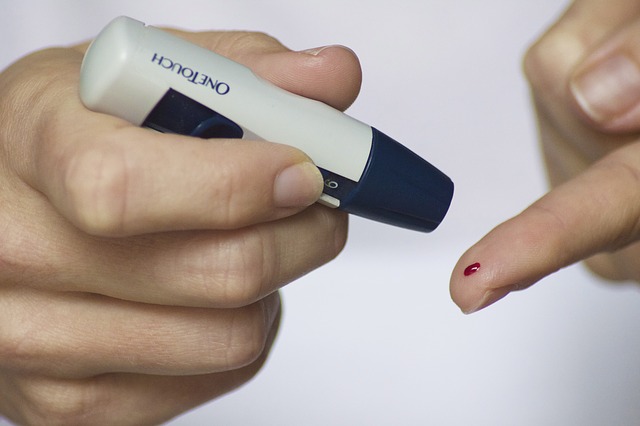
Deficient blood sugar levels will lead to hypoglycemic coma, which is a life-threatening condition that requires immediate medical attention:
- impaired concentration,
- weakness,
- nausea,
- hunger,
- trembling hands,
- increased sweating,
- visual disturbances,
- drowsiness and anxiety
- eating too small a meal inadequate for your diabetes treatment,
- taking too much insulin,
- gastrointestinal problems such as vomiting and diarrhea,
- Excessive physical activity,
- Excessive doses of anti-diabetic medications.
High blood levels
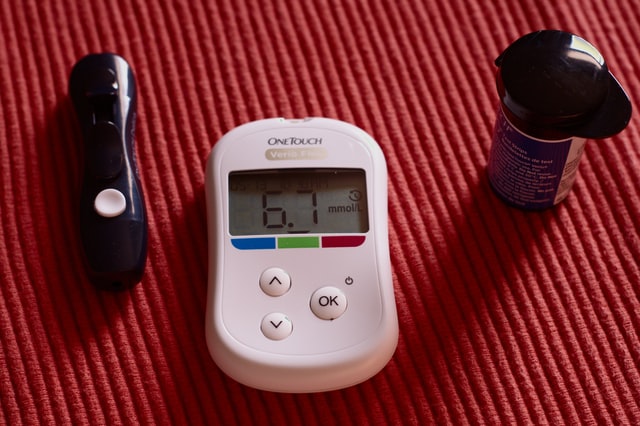
Hyperglycemia . is an excessively high level of blood sugar in a person. Blood sugar levels can sometimes rise strongly due to a meal eaten or an emotional state. However, if it remains permanently high, it threatens the nervous system, muscular system, kidneys, vision, etc.
Although slow, the progressive process causes danger to the proper functioning of the entire body over time. When fasting blood glucose level exceeds 100 mg/dl but is not higher than 125 mg/dl, hyperglycemia indicates pre-diabetes.
Of course, the limits of each body's tolerance for elevated blood glucose levels and the duration of adverse symptoms may vary, depending on the patient's age, gender, and overall health. The causes of overdiagnosis can vary, such as overeating, a diet containing excessive amounts of carbohydrates, emotional tension, infections, and taking certain medications such as steroids.
Some of the critical factors that increase the risk of hyperglycemia include severe stress, history of stroke, and myocardial infarction. When the daily sugar level is higher than 200 mg/dl, we are dealing with diabetes.
Obesity, cardiovascular disease, hypertension, high cholesterol, and low physical activity are all factors that contribute to overdiagnosis. The cause of high blood sugar levels is usually due to a malfunction of the pancreas, which secretes too little insulin. This leads to improper use of glucose by the cells and its excretion in the urine.
Symptoms of diabetes may be attributed in the early stages to overwork, decreased immunity, weather fluctuations, or other disease entities. They include general weakness, lethargy, hunger attacks, more frequent urination, increased thirst, vision problems, accelerated heart rate, weight gain, recurrent infections, dry skin, and headaches.
With diabetes.
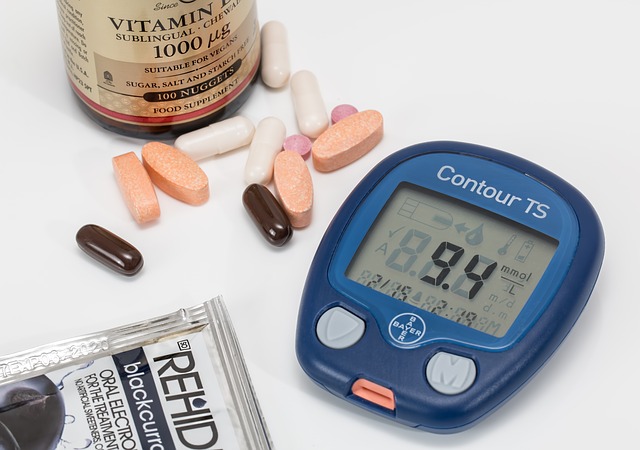
The most important thing is to strictly follow your doctor's instructions - especially those concerning taking appropriate doses of medication (insulin or oral anti-diabetic drugs). In addition, regular physical activity (tailored to your abilities) is essential, as is good nutrition.
A diet that can lower blood sugar levels eliminates products that contain simple carbohydrates. These are mainly sweets, snacks, sweet drinks, and white bread. Instead, you should include fresh vegetables, cereals, nuts, brown rice, and legumes in your diet.
For safety reasons, it is good to take the advice of a nutritionist when arranging your diet. You should also consider food's glycemic index - the lower it is, the better. You can't forget about proper hydration.
What is the correct sugar level after eating and temporarily
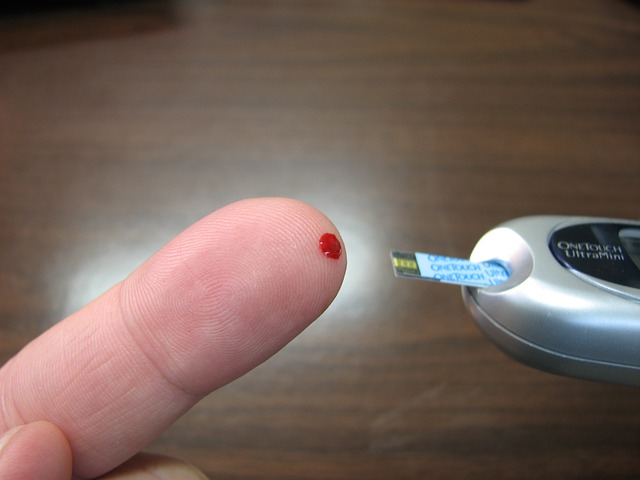
After eating
Consumption of a meal significantly raises blood sugar levels. After eating, an average blood sugar level means that carbohydrate burning is occurring correctly. Glucose levels should drop to about 150 mg/dL after about two hours in a healthy person.
If a glucose measurement taken at any time during the day approaches or exceeds 200 mg/dl, it indicates diabetes. Sugar, after eating, is broken down into glucose, the primary source of energy (it also raises serotonin levels, called the "happy hormone").
Fasting
Normal fasting blood sugar levels should be between 70-99 mg/dl in a healthy person. When the concentration is higher but does not exceed
125 mg/dl is glucose intolerance and is only treated with a diet. However, if it exceeds 125 mg/dl, additional tests (diabetic curve) are recommended to diagnose diabetes.
Blood sugar testing - when should it be done?
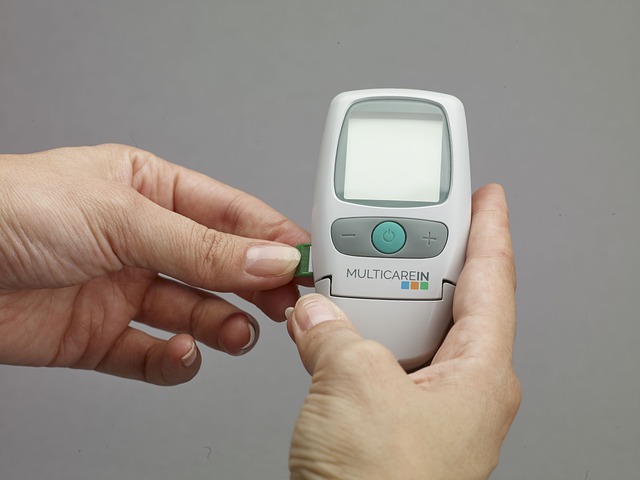
Blood glucose levels should be tested when :
- when there are symptoms of hypoglycemia (hypoglycemia) or overdiagnosis (hyperglycemia);
- Routinely, as part of laboratory tests - especially for people at risk for diabetes (over 40, overweight or obese, genetically at risk for diabetes);
- regularly - diabetics measure their sugar several times a day;
- Every pregnant woman between 24th and 28th week (the test helps to detect gestational diabetes).
- Every healthy person over 45 should have their fasting blood glucose checked at least once every 3 years. Diabetics test their blood glucose levels at home with a glucometer. To determine their glucose metabolism.
- It is essential to know that blood glucose measurement performed with a home meter is not a diagnostic result. The test should be performed in a laboratory. The impact on a home meter may have a small measurement error of up to 15% of the result.
How do I prepare for a blood sugar test?
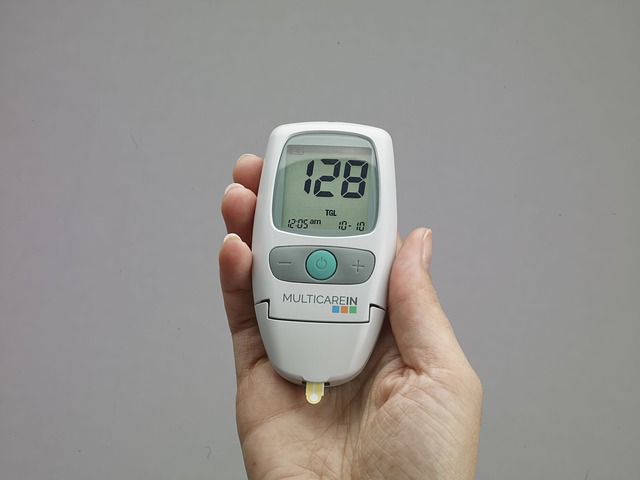
Prepare for your blood sugar test as directed. Glucose testing can be done:
- fasting - 8 hours before the test you should not eat or drink - except water;
- after a meal - postprandial glycemia testing; glycemic control is performed 2 hours after finishing a meal (e.g., at home, using a glucometer); pregnant women check glycemia after dinner after 1 hour
- anytime - blood glucose testing can be done at any time, and you do not need to be
Fasting - an abnormal blood glucose result from a blood glucose test is not a diagnosis of diabetes; in this case, further testing is necessary (fasting blood glucose test; oral glucose tolerance test).





